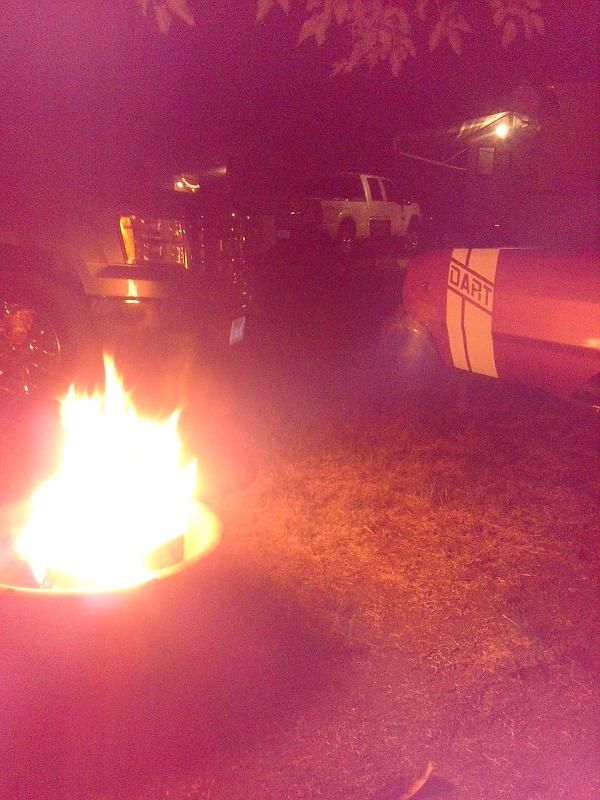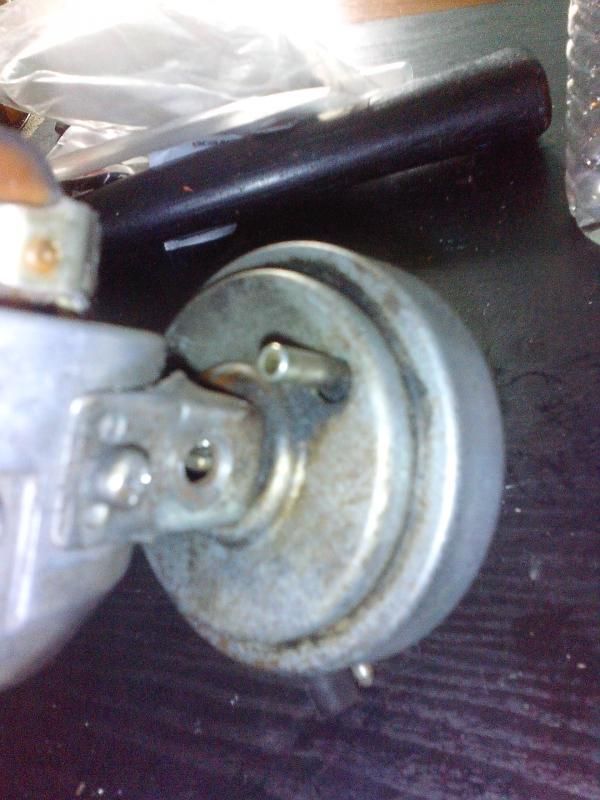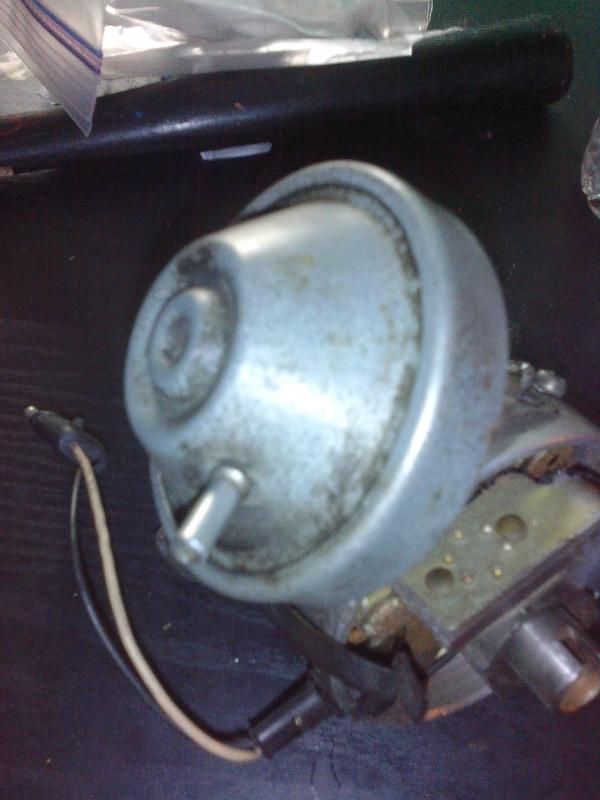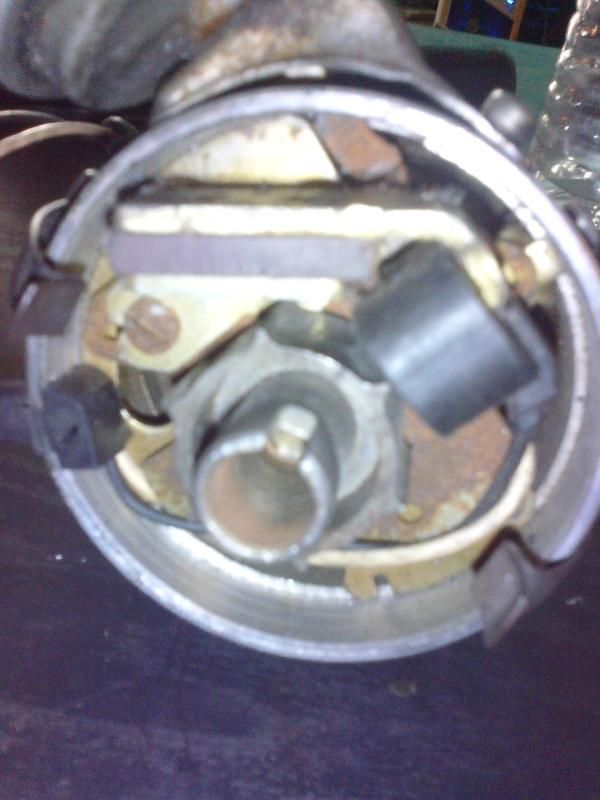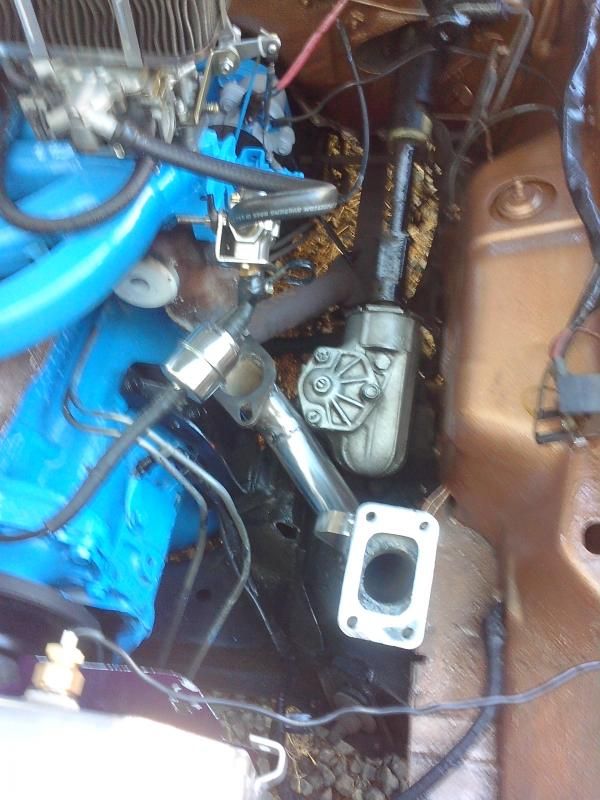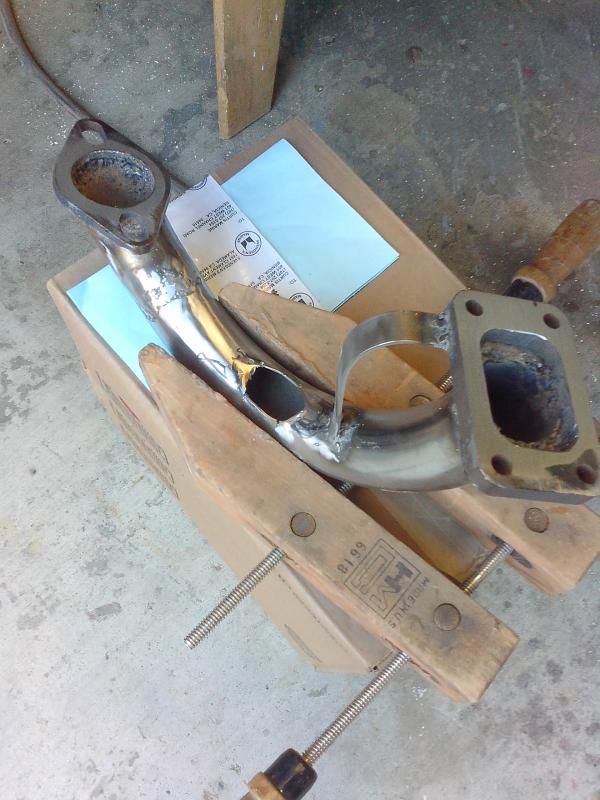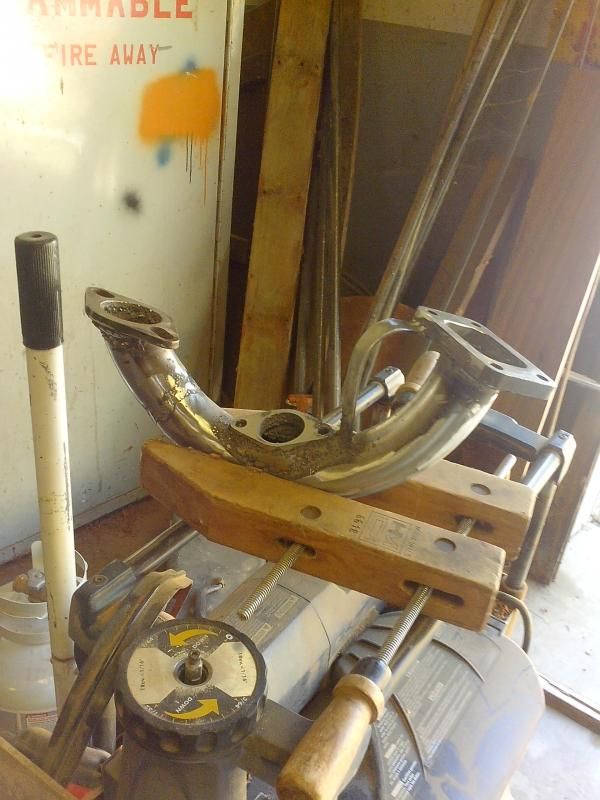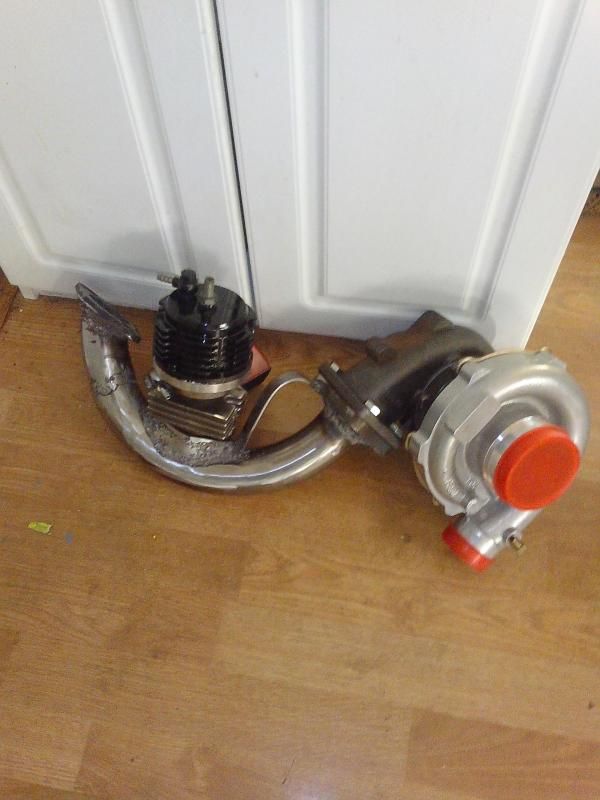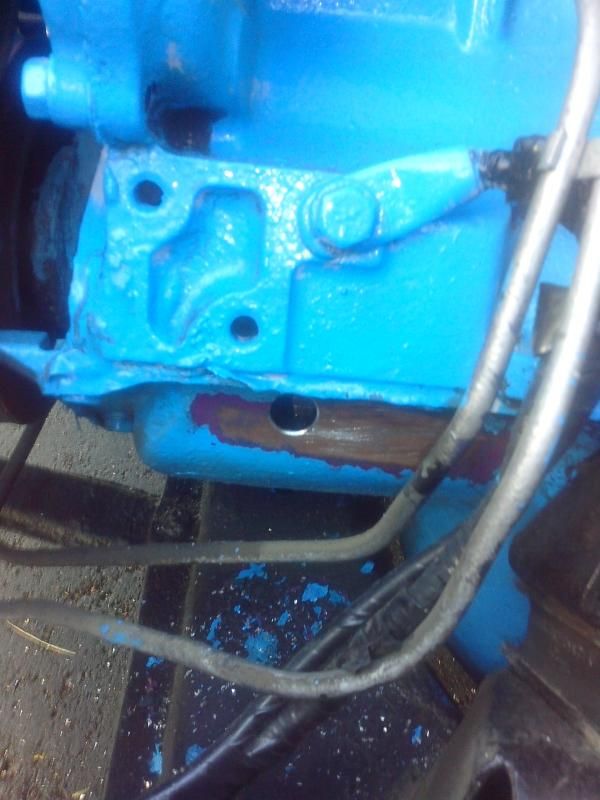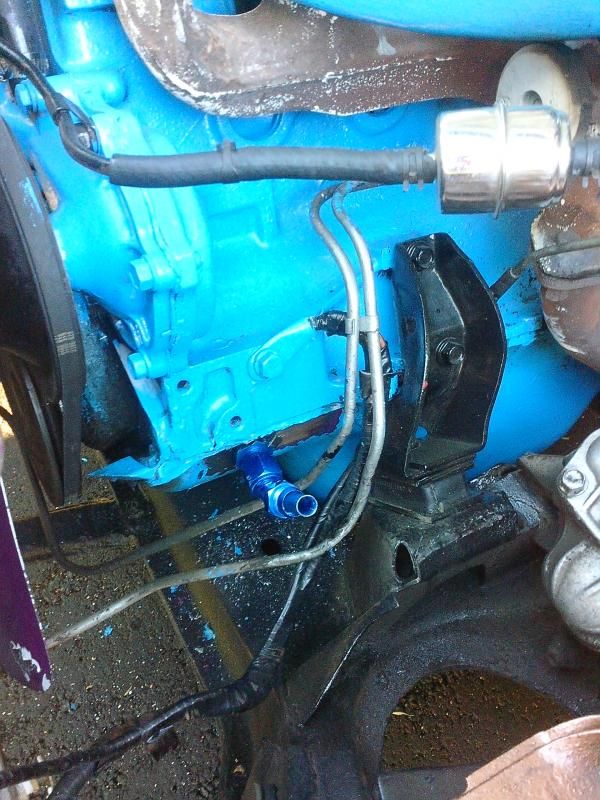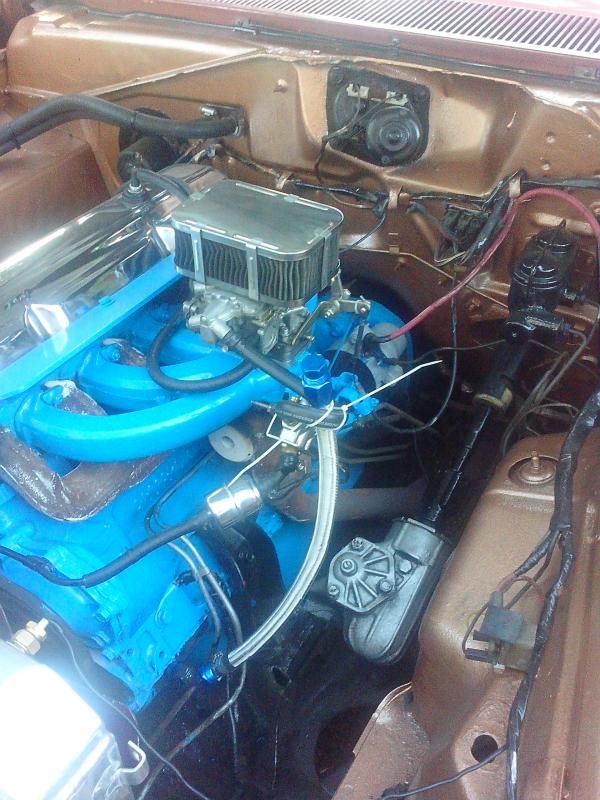Do I need an ECU or some other junk?
Maybe it's because the car I have was designed as a "never on the street, race-only" project, but having driveability and mileage as totally-insignificant considerations greatly simplifies the picture. To wit:
My ignition system, which seems to work very satisfactorily for my purposes, consists of a bone-stock, electronic, "lean burn" distributor which came from a 1980, or so, Dodge truck. It has
NO centrifugal advance mechanism and
NO vacuum advance mechanism.
No chance of accidentally getting any more than the 18-degrees of advance I have dialed in at the crank pulley/dampener. Insurance...
It starts fine (no kickback) and runs fine insofar as driveability on the road goes and exhibits no run-on symptoms when the key is turned off. Fine for a race car; fuel mileage is unbelievably bad.
This thing goes thru gasoline, on the highway, like a dual-quad 440 stroker with 4.56 gears. No kidding.
But, it's just a race car, so who cares? I am sure not having a vacuum advance unit is the culprit here.
The ignition module is an MSD 6-AL digital,but not the programmable kind. I use an MSD Blaster II coil.
That's it!
Slant sixes that are turbocharged seem not to need to spin very fast to make lots of useable power, just employ lots of boost. Neither the engine in Ryan Peterson's 500hp '66 Valiant, 225 or Tom Wolfe's similarly-powerful 225 '70 Dart need much more than 5,000 rpm, max to generate this kind of power. Ryan's car goes 127 mph in the quarter (with a heavy 727 transmission,) while Tom's much heavier Dart has run 120mph quarter-miles, into a fifteen-mph headwind.
But, they each need over 25-pounds of boost to make that estimated 500 hp.
With forged pistons and rods, a forged crank, and O-Rings around the bores, that combination can live as long as it gets high-octane fuel, but a street driven car on pump gas, with stock internals needs boost controlled to probably ten pounds and careful attention to total spark advance.... never exceeding 18 degrees under boost, if it's going to last very long.
But ten pounds of boost can turn an 18-second a-body into a high-13-second ride, capable of going toe-to-toe with a stock 340 car. That can be a fun, reasonably-expensive, a-body!
I wish I'd known that when I swapped a '71 340 into my '64 Valiant, back in 1972...
See pics.

